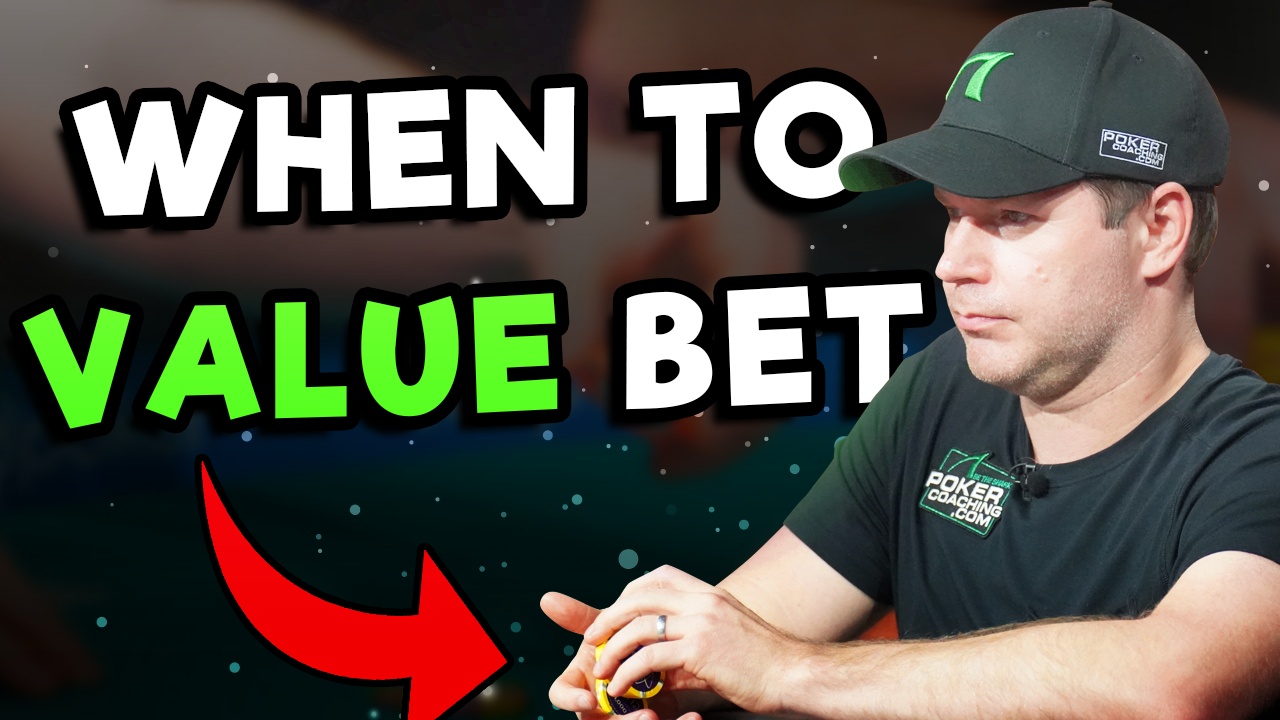Playing fundamentally good strategy is the secret to success in the game, and mastering basics like your preflop ranges and c-bet situations is the first thing you should learn.
However, more advanced plays like floats are exactly what separate the best poker players from the rest, and mastering floating in poker could be one step toward that next level.
In this guide, we will teach you how floating in poker works, when you should use it, and how it will improve your results and make you much more difficult to play against.
What Is Floating in Poker?
Like with all things, it is important to start at the beginning and explain what floating in poker is and what characterizes a float.
At a basic level, a float is a call with a hand that has very little or no showdown value but with a plan of bluffing future streets.
For example, imagine holding K♠T♠ in a single raised pot, in position, against a single opponent on a board of 8♣7♠4♦.
Looking at this board, your hand doesn’t have much going for it, as you have not connected in any meaningful way. Overcards and backdoor draws are all you have.
Yet, by calling your opponent’s continuation bet, you will get a chance to improve to top pair some of the time, as well as turn a number of strong draws that you can use to bluff the turn.
What’s even more, many cards like a 6 or a 5 can change the board and allow you to bluff your opponent off a hand like Ace-high or even some one-pair hands, depending on player type and tendencies.
In very short terms, anytime you decide to call on the flop with a hand that does not have a proper draw yet and has not connected with the board, you are floating.
By introducing floats into your poker game, you will allow yourself more opportunities to win pots that many other players would relinquish to their opponents, and you will make your ranges even more complex for your opponents to read as betting streets go by.
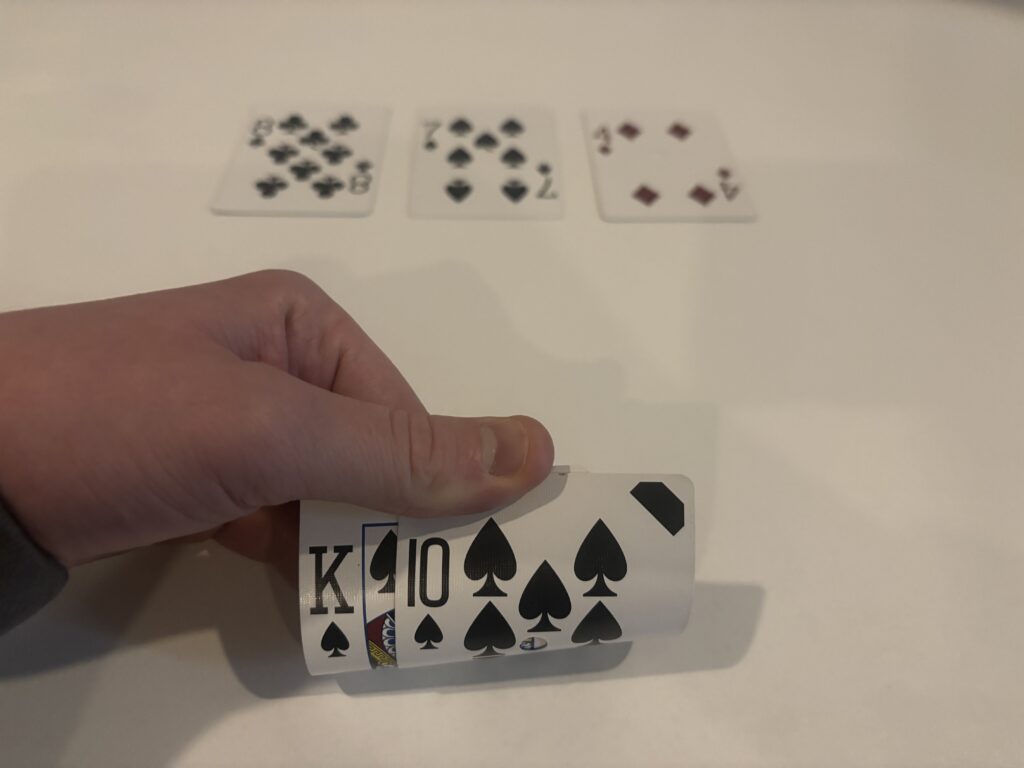
Even when you are sure you are behind,
there are some hands you should float with on certain flops.
When Should I Float in Poker?
The question you must be asking now is when you should float and how to make a floating strategy work in your favor.
Looking from a novice’s point of view, many floats may seem like throwing away money, as floating necessarily means calling bets without much of a hand.
However, when executed properly, floating can be a very strong strategy. When looking for opportunities to float, you should consider the following factors:
- Am I in a position?
- Do I have a strong draw already?
- How does my opponent’s range do on this board?
- What are my backdoor draw opportunities?
- Which turn cards will allow me to bluff?
- How would I play my nuts?
Answers to each of these questions are of critical importance when deciding on whether or not to float against a continuation bet, so let’s look for the kind of answers we want in order to make for a good bluffing opportunity.
Am I in a Position?
Your position is very important when considering floats in poker. While it is possible to float out of position as well, floating in position works a lot better.
The reason, of course, is that being in position allows you to see your opponent’s action on the turn and adjust accordingly.
For the most part, when looking for good floating opportunities, you should be looking for spots when you are in position and facing a bet from your opponent.
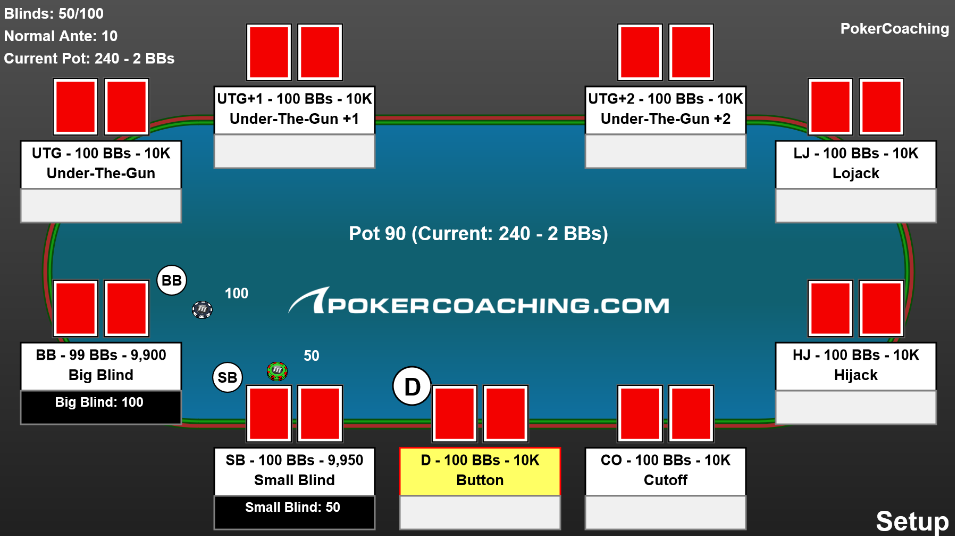
Use this guide to memorize player positions at the poker table!
Do I have a strong draw already?
This is another interesting question to ask yourself when thinking about floating, and the answer you want is no!
If you already have a strong draw, you are not really floating. Your hand has enough equity against your opponent’s range to profitably call or raise already, so floating is not a strategy you will be able to employ.
Instead, ideal hands for floating are hands that have some backdoor potential but have little equity against the strongest parts of your opponent’s range.
How does my opponent’s range do on this board?
The next thing to think about is your opponent’s range and how it interacts with the flop that has been dealt.
The last thing you want to do is to float in situations in which your opponent is likely to have a lot of good hands.
For example, a flop like A♠K♥T♦ is not a good one to float on, as the original opener, and even more so the 3-bettor will have all the very strong hands like AA, KK, TT, QJ, AK, AT, and KT in their range.
So, whenever the flop favors the opponent’s range, and you have not connected with the board, the prudent course of action will be to simply fold your cards, while floating should be reserved for boards that favor your perceived range.
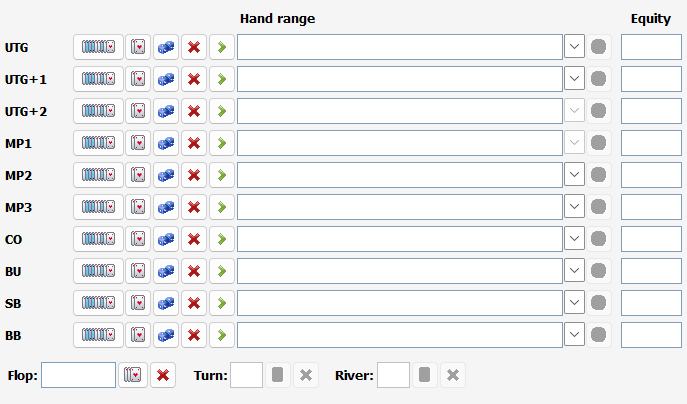
Programs like Equilab can help you practice assigning
opponent’s ranges and evaluating your equity.
What are my backdoor draw opportunities?
It can be very easy for players to get carried away and start floating way too much on boards that appear to favor their range.
However, you don’t want to float with poker hands that have little potential to improve on the turn, as bluffing without equity is not the way true poker masters play the game.
Instead, you should look to float with hands that have a lot of backdoor potential. Backdoor flush draws, backdoor straight draws, and overcards are all great floating candidates.
Ideally, you want to have a hand that has at least one overcard and at least one draw on the board in order to float.
For example, on a board of T♥8♠6♦, hands like A♠J♠, K♥7♥, or even just A♦5♦ are all solid candidates to float the flop bet, while a hand like K♣4♣ is not really the kind of floating candidate you are looking for.
Which turn cards will allow me to bluff?
Another great question to ask yourself when considering a float is which turn cards will let you bluff if your opponent checks the turn.
On dynamic boards with low and middling cards, there will often be plenty of scare cards that your opponent will not want to see if they are holding a range made up of a lot of strong hands.
As the aggressor, your opponent will always have more hands like AK, AQ, AJ, and AA-TT, so you will want to float on lower boards that allow you to have many straights, two pairs, and trips.
You should factor all the scare cards into your decision and proceed with a float when it is reasonably likely your opponent will have a difficult time playing the turn.

Don’t be afraid to bluff aggressively when the turn favors your range.
(Photo courtesy of Katerina Lukina)
How would I play my nuts?
Finally, ask yourself, “What would I do if I had the nuts here? “What if I flopped a straight or a set? How would I play that hand? “
In many cases, the answer will be that you would flat-call the flop and allow your opponent to potentially improve on the turn or keep on bluffing into you.
So, when you float the flop, your turn bets and raises will appear as if you could potentially have one of the strongest possible hands on the given board, which is another reason floats work so well in so many situations.
Executing a Float: Turn Bet, Turn Raise, and Double Float
As we already discussed, a float is only the first part of a sequence of plays that continues on future betting streets. When you float a flop bet, the idea is always to take away the pot on the turn or the river by turning your hand into a bluff when the right cards come or your opponent gives up on betting.
The first scenario following a float is one in which your opponent checks the turn, allowing you to make a bet and potentially win the pot outright.
In many cases, players will c-bet the flop with a hand like AQ that’s completely missed the board and then check/fold the turn when another bad card for them comes.
For example, on a board of 8♠7♥4♥, your opponent may decide to c-bet the flop with their AK or AQ. When the 5♣ rolls off on the turn, most players will check to you and then fold.
In such situations, your turn bet size does not even need to be that big to get your opponent to fold, which is another great advantage of a float.
If your opponent decides to bet again on the turn, you have the option to raise the turn if you picked up additional equity or if the card that came off on the turn is one that particularly benefits your range.
Your exact hand won’t matter too much when you do this, although you always prefer to have a hand that can actually get there on the river.
This is why turned straight draws and flush draws make for ideal raising candidates on the turn, as they have the ability to make a very strong hand on the river if called.
Finally, the option of a double float opens up in some situations as well, allowing you to call the turn bet as well and represent a very strong hand by betting the river when checked.
When double floating in Texas Hold’em, you should remember to have at least some equity to lean back on and be able to make the nuts or close to it on at least a few cards. On the other hand, you are also going to fire many bluff bets on the river if checked to, and your line will look very strong to your opponents.
By mixing between betting turn and raising turn when bet into, and double floating on occasion, you will make yourself incredibly unpredictable and hard to play against, which is exactly what you are aiming for when playing poker against competent opponents.
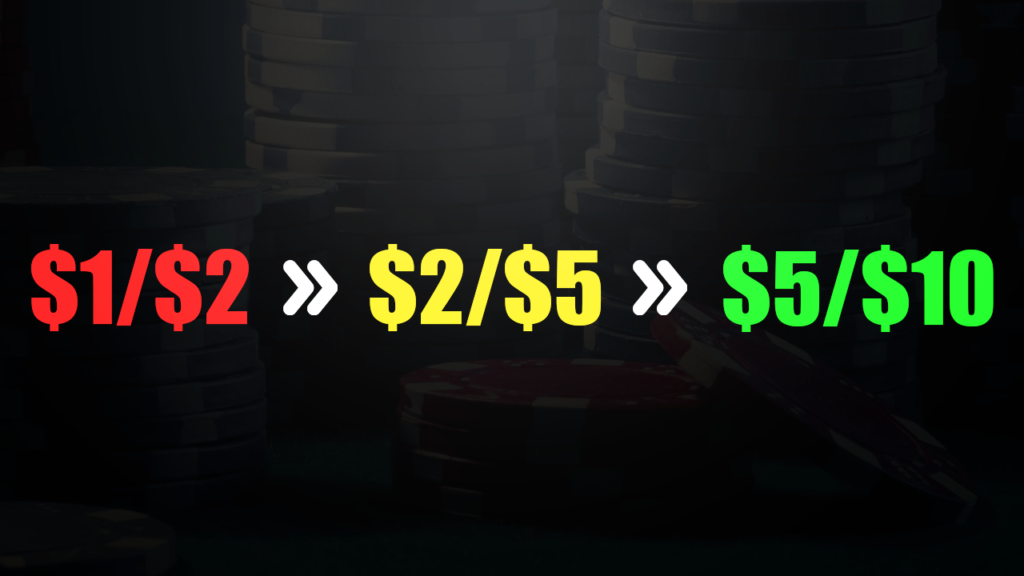
Think you’re ready to move up stakes? Let Lee Jones tell you the signs to look for!
When to Give Up On Your Floats
Another important thing to note about floating in poker is that sometimes you will have to give up on a hand after floating the flop, and that’s completely fine.
In some scenarios, you are going to float the flop, the turn will produce a card that’s better for your opponent’s range than yours, and they will continue to bet. In such situations, giving up is the way to go.
For example, let us imagine you floated the flop on a 7♠6♥6♦ flop with J♠T♠. The turn is the A♥, and your opponent fires a bet into you. At this point, doing anything other than giving up would be a big mistake, as your opponent can have all the very strong hands, and their range is much stronger than yours.
Start Introducing Floats in Your Game
Floating is a skill that every successful poker player must have and use appropriately when opportunities arise.
While the concept may seem exciting, don’t overdo it right off the bat, as it could deplete your poker bankroll.
Instead, you will do best to only float when you have hands that truly warrant it and against opponents who are not too likely to continue aggressively betting if they don’t have much of a hand. As you get more experienced with floating in poker, you can start to expand your ranges and float more often, but for the time being, start introducing this move slowly and learn as you go.





